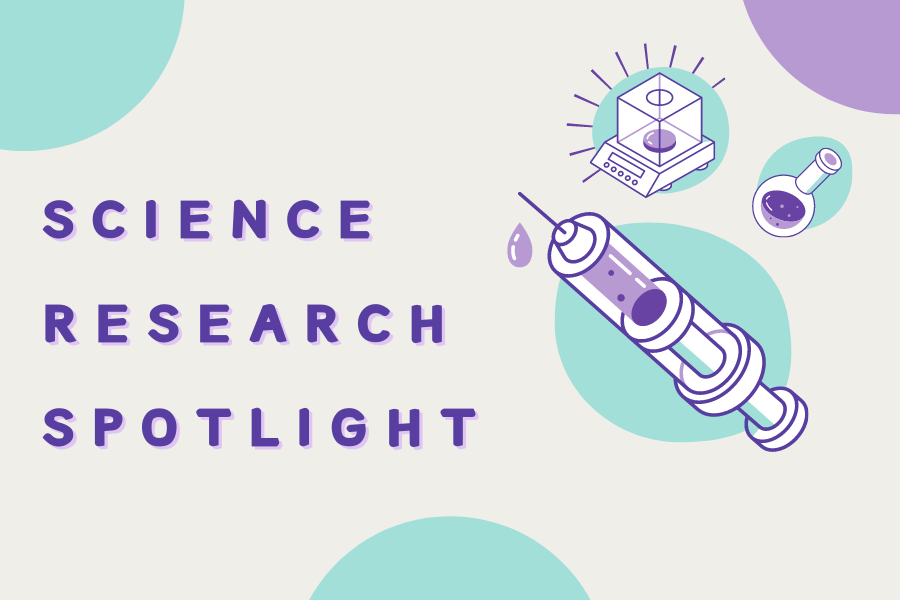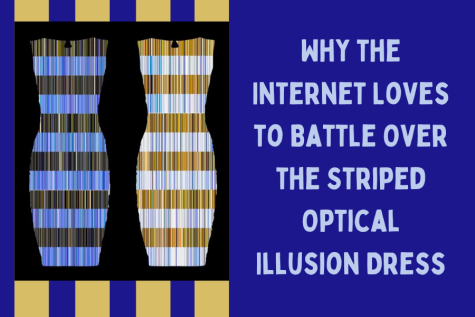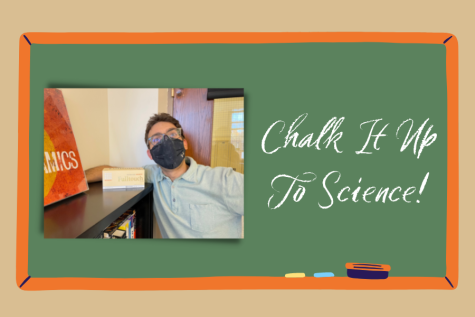Science Research Spotlight
If you could choose one scientific topic to research, what would it be? Well, here at SHS, you have the opportunity to answer that question in a unique class: Science Research. This course is technically an elective, but students who choose to take it are required to start taking it in their sophomore year up until the end of their high school experience.
In this course, students start by looking at popular science articles in their sophomore year and continue reading about a specific topic. As the year progresses, students narrow their topic of interest down to one small field of science and transition from reading more casual, popular science articles to peer-review journal articles. For example, as a student in Science Research, my topic of interest was cancer. I started the year by reading general articles about novel treatments for cancer and one specific treatment called CAR T cells drew me in. CAR T cell treatment is a type of immunotherapy, in which T cells are taken from the body, and modified to make super cancer cell killers. In the latter part of sophomore year, I started reading more specific journal articles about CAR T cells and the specific proteins required for the treatment process.
Towards the end of our sophomore year is particularly stressful for Science Research students, as everyone is required to find their own mentor before the summer begins. Over the summer, students work with their mentors to research their topic in a real lab (or, thanks to COVID, from the comfort of their own home).
Michelle Sosner is a junior at Scarsdale High School taking science research. Her topic of interest in her sophomore year was Alzheimer’s and its possible treatments. She found her mentor at the end of her sophomore year through a neuroscience course at Burke Neurological Institute. Over the summer, she worked with her mentor in a lab to look at whether a specific drug called UK5099 could protect against a type of cell death called ferroptosis in HT22 cells (mouse hippocampal cells). Ferroptosis is similar to apoptosis except it uses a different pathway and can be induced by a drug called Erastin. She had a great time working with her mentor at Burke Neurological institute and had fun counting out cells in a microscope 1 by 1 and is excited to continue writing her research paper and compete in competitions this year.
Another Science Research student is Sebastian Verrelli. Sebastian began by looking at prions, proteins that can trigger normal proteins in the brain to fold abnormally, and their effect on the human body. After finding a mentor by “spamming emails” to authors of journal articles he had read, he finally was able to find one and is currently working on coding neural networks to compare prion-affected tissues to non-prion-affected tissues by counting neurons.
After completing projects, students must write research papers and present their projects at competitions such as Regeneron STS and JSHS. One of the seniors in the program, Max Trager, while nervous, is also “excited to be able to present my [his] research in front of other researchers in the field, while also getting to see the culmination of all the work of my peers.”
Overall, most students in the course think that it has really helped them improve their work ethic along with allowing them to explore their scientific interests. Still, many “SciRe” students can be found panicking at 10 PM about getting their weekly 5-hour summary done by 12 PM. “It’s definitely not a course built for procrastinators,” says Cindy DeDianous, a junior (and avid procrastinator). However, despite its workload, Science Research is a course that presents a unique opportunity to engage in the field of Science that allows students to explore their passion for science outside of the school curriculum.





